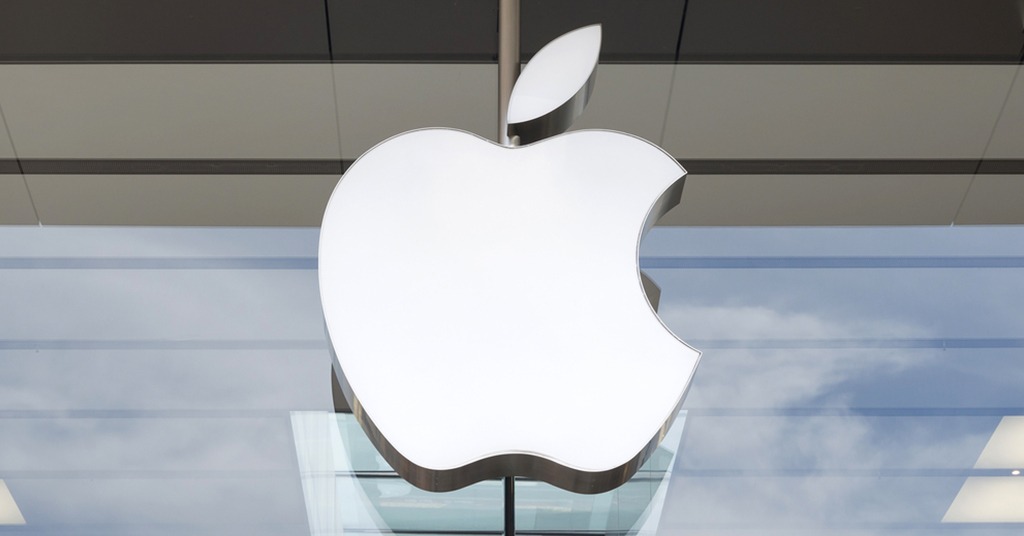Lifehacks & risks related to investing in IPO

How to invest in an IPO. Source: shutterstock.com
When you have the amount of money that you want not just to save, but also multiply, the first thing that comes to mind is to put money in the bank. Bank deposits are considered to be low-risk investments, but they are also low-profit.
For example, let’s imagine you have $10,000. You put this in the bank and in a year you get $10,150 – $10,300, since it depends on the interest rate, so we’ve considered interest rate from 1.5% to 3% (an average, but it depends on the bank and its policy). Furthermore, it will work out if the bank is reliable and fulfills its obligations. Thus, in a year, your capital will grow by $150- $300.
If your goal is not just to save your money, but to invest in order to earn in the long term, then you can buy stocks on a stock exchange. The simplest thing is investments in blue chips, which are stocks of large companies with stable profitability indicators (for instance, Apple, Amazon, Google).
Buying stocks of large companies is a smart strategy: the long-term trend in the stock market is growing, so sooner or later most stocks will show growth. But the returns from such investments are modest. At this point, the rate of 2-3% is already considered a good indicator, and the investment horizon is stretched. We mean that sometimes you have to wait more than one year for the rate to grow.
A practical example

Apple is considered to be the largest public company in the world. Source: shutterstock.com
Apple is considered to be the largest public company in the world. In 2018, it reached a capitalisation of $1T. Apple shares showed growth up to 46% over the past year, but it has been the best result in 8 years since the current (longest-running) US stock market rally. Those who managed to buy shares in the middle of the crisis received a yield of about 39% per annum. On the other hand, those who bought shares before the 2008 crisis had to wait 2 years to just break even. Profitability for the entire period amounted to 29% per annum. Over the past 5 years, the yield is just 19% per annum, while dividends are around 1.4%.
Thus, the result of the investment greatly depends on the time of entry into the market. For the greatest return, you need to buy shares during the period of the highest volatility (the peak of the crisis), which is not a solution for everyone.
Participating in an IPO is a more profitable and faster way to increase capital. This type of investment is considered to be not so risky compared to stock purchases, and it is also much more profitable.
Some time ago, private investors could not participate in IPOs, but today this is no longer the case. Investors with a relatively small amount of capital can buy shares of the most promising companies before they are listed on a stock exchange.
PaySpace Magazine offers you to consider investing in IPO, and would like to give you some tips on how to implement this.
What is an IPO?
IPO (Initial Public Offering) is a type of public offering in which shares of a company are sold to institutional investors and usually also retail (individual) investors. An IPO is underwritten by one or more investment banks, who also arrange for the shares to be listed on one or more stock exchanges. In other words, if a company holds an IPO, it means this company goes public.
Limitations and risks
There is no way to find out the exact value
Before holding an IPO, a company publishes only an estimated price range, which may change (usually not by much, but you never know). So, you can’t always know the exact price.
The possible price reduction
According to statistics, 70-80% of investments in IPOs bring about 60-70% of profit, but the other part doesn’t reach the offering price and bring losses (on average about 30%).
Partially applications fulfillment
In the case of increased demand, applications are not always 100% fulfilled. If an investor has filed an application for $5,000, then most likely he will receive shares valued at $2,000 – $4,000. The exact figure will be known only after the IPO is closed.
How to invest

Find a broker who provides the opportunity to participate in an IPO.Source: shutterstock.com
Choose a broker
First of all, you need to find a broker who provides the opportunity to participate in an IPO. Each year, about 250 companies go public. Brokers-dealers select the most promising and offer them to their customers.
Choose a company
After all, a broker will not have plenty of companies in their list, especially if you are an aspiring IPO investor. You can find all the important information about a company on the internet: analytics, investors’ opinions, and the prospectus (Offering Circular).
Apply for investment and keep it under the radar
After choosing a company, you can open an account and transfer money to the broker. The money will be credited to the account, and the broker will inform you about the progress of the deal: the placement price, the percentage of satisfaction of the application, and the “exit price”.
The major reason for investors’ failures
One of the main reasons for investors’ failures at the IPO is the lack of information about a company. Public companies are constantly under the scrutiny of analysts. Investors are well aware of their ups and downs. As for private enterprises, which are only preparing for the issuing of securities, there is not much information about them.

Before buying stocks on IPO, you must use other sources. Source: shutterstock.com
Such information is prepared before the stock is issued. Obviously, it is compiled and written by the company representatives. Accordingly, it cannot be considered as objective and impartial data.
Therefore, before buying stocks on IPO, you must use other sources. In addition, it is recommended to read about the company’s nearest competitors and get acquainted with the industry in which this company operates.
Note: One of the common mistakes in IPO investing is the purchase of shares of companies from a hyped sector (for example, IT). A lot of people believe that today this industry is not just lucrative, but it “can’t be not lucrative”. Of course, many companies in this field have achieved outstanding results, and those who bought their shares on an IPO have made a fortune. But examples such as Google, Facebook, Twitter are complemented by other, less successful stories. Have you ever heard about survivorship bias? It is the logical error of concentrating on the people or things that have made it past the selection process and overlooking those that did not. Thus, if you’ve heard a story of a successful businessman who hadn’t graduated high school, it means that you just haven’t heard the story of a guy who also hadn’t finished high school, but lives on the streets now. The same rule applies here, and companies like Google, Facebook, or Twitter are profitable, while thousands of startups (yes, even IT startups) fail to succeed. So, it is better to consider a company, not the industry.
SEE ALSO:









